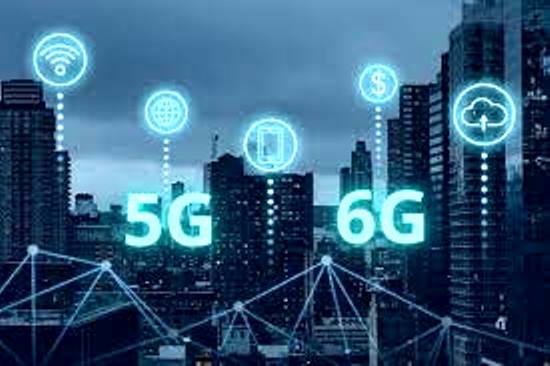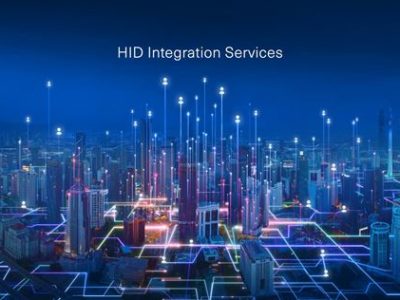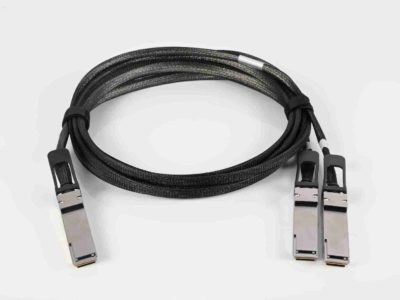Juniper Research has revealed operators are forecast to generate $625 billion from 5G services globally by 2027; rising from $310 billion in 2023. The new report, Operator Revenue Strategies: Business Models, Emerging Technologies & Market Forecasts 2023-2027, predicts this growth of 100% over the next four years will be driven by the migration of mobile subscriptions to 5G networks, and the increasing inclusion of eSIMs in devices such as laptops and Wi-Fi hotspots.
For more insights, download our free whitepaper: Why Operators Need to Consider 6G Now
5G to Account for 80% of Operator Revenue by 2027
The research forecasts 80% of global operator-billed service revenue will be attributable to 5G by 2027; allowing operators to secure a return on investment into their 5G networks. However, the increasing implementation of eSIMs into new devices will drive global cellular data traffic to grow by over 180% between 2023 and 2027, as data traffic is offloaded from fixed and Wi-Fi networks to 5G.
RELATED: 5G IoT connections to surpass 100m by 2026; achieving 1,100% growth over three years
Research author Frederick Savage commented: “eSIM-capable devices will drive significant growth in cellular data, as consumers leverage cellular networks for use cases that have historically used fixed networks. Operators must ensure that networks, including 5G and upcoming 6G networks, are future-proofed by implementing new technologies across the entirety of networks.”
6G Development Necessitates Innovative Technologies
To prepare for this increasing demand in cellular data, the report predicts 6G standards must adopt innovative technologies that are not currently used in 5G standards. It identified NTNs (Non-terrestrial Networks) and sub-1THz frequency bands as key technologies that must be at the centre of initial trials and tests of 6G networks, to provide increased data capabilities over existing 5G networks.
However, the research cautions that the increased cost generated by the use of satellites for NTNs and the acquisition costs of high-frequency spectrum will create longer timelines for securing return on 6G investment for operators. As a result, it urges the telecommunications industry to form partnerships with specialists in non-terrestrial connectivity; thus benefitting from lower investment costs into 6G networks
COVER PHOTO: Huawei
































